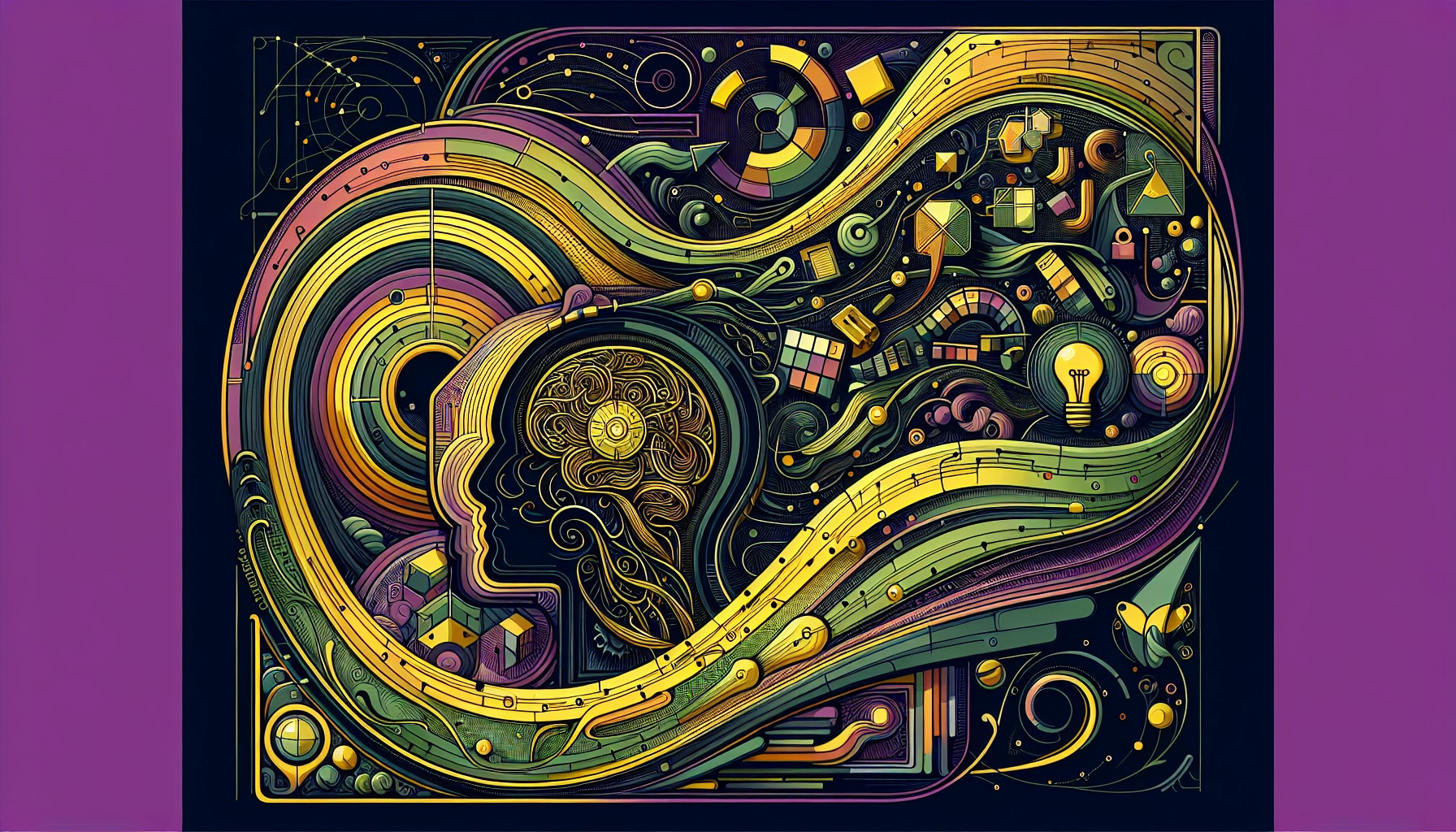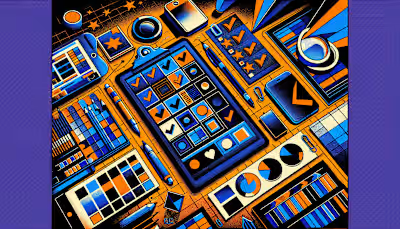Design Thinking Assessment: Finding Problem-Solving Graphic Designers

Design Thinking Assessment: Finding Problem-Solving Graphic Designers
Why Design Thinking Matters for Graphic Designers
5 Steps to Assess Design Thinking Skills
1. Define Key Criteria
2. Measure Empathy
3. Evaluate Ideation
4. Check Prototyping
5. Analyze Testing Feedback
Tools to Evaluate Problem-Solving Abilities
Challenges to Hiring Skilled Designers
Tips for a Strong Assessment Process
Frequently Asked Questions about Design Thinking Assessment
What are the 5 P's of design thinking?
How do you apply design thinking to graphic design?
Are online assessments accurate?
Why is empathy important?
Next Steps for Creative Problem-Solving
Design Thinking Assessment: Finding Problem-Solving Graphic Designers
Why Design Thinking Matters for Graphic Designers
“Design thinking is less about being clever and more about being curious.”
5 Steps to Assess Design Thinking Skills
1. Define Key Criteria
2. Measure Empathy
3. Evaluate Ideation
4. Check Prototyping
5. Analyze Testing Feedback
Tools to Evaluate Problem-Solving Abilities
“If a designer’s file history looks like a straight line, it probably wasn’t design thinking.”
Challenges to Hiring Skilled Designers
“A good portfolio shows what they made. A good assessment shows how they think.”
Tips for a Strong Assessment Process
“One round of edits tells you what they can do. Three rounds tell you how they think.”
Frequently Asked Questions about Design Thinking Assessment
What are the 5 P's of design thinking?
How do you apply design thinking to graphic design?
Are online assessments accurate?
“If an assessment only asks what you’ve done—not how or why—it’s missing half the picture.”
Why is empathy important?
Next Steps for Creative Problem-Solving
Posted Apr 17, 2025
Design thinking assessment helps identify graphic designers who solve real problems through empathy, iteration, and user-centered decisions.









